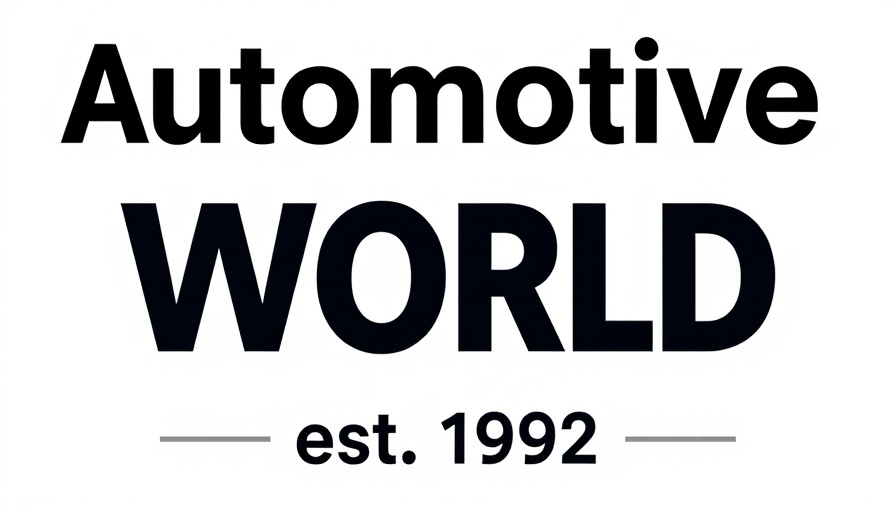
Understanding the Shift: Have We Reached 'Peak Truck'?
For a long time, pickup trucks and SUVs have dominated the U.S. automobile market, symbolizing a form of rugged individualism, utility, and versatility. However, recent data from the Dave Cantin Group suggests that we may be witnessing an unprecedented shift in consumer preferences, with a trend that hints at a plateau in the popularity of these larger vehicles. The latest Market Outlook Report reveals a subtle yet significant decline in the attractiveness of trucks and SUVs. In December, preferences for these vehicle categories fell from 44% to 43% for SUVs and from 9% to 7% for trucks, while the sedan segment gained ground. The numbers may indicate a transition in society's automotive tastes, as consumers increasingly manage budget constraints and demand greater vehicle affordability.
Analyzing Consumer Sentiment: Why Affordability Matters
The findings from the report reflect a response to economic pressures faced by consumers. With the average new vehicle price hovering around $49,853, cost-conscious buyers are reevaluating their options. The report indicates that consumers now expect to pay about 8% more for their next vehicle than they did a year ago. This heightened price sensitivity suggests that dealerships need to adapt their offerings. As the trend shifts towards cars with lower price points, there’s a growing challenge for manufacturers who may not have competitive sedan options in their lineup. Failing to respond could risk the relevance of entire brands in a quickly evolving marketplace.
Electric Vehicles and Future Trends: A Bright Spot
Interestingly, despite the downturn in truck popularity, there is a silver lining regarding consumer interest in electric vehicles (EVs). The report highlights a growing acceptance of electric and hybrid cars among consumers, with interest continuing to trend upwards. EVs are now not just perceived as a passing trend but are recognized as integral players in the future of automotive. As dealers increasingly become receptive to offering these models, we can expect that the combined segment of EVs and hybrids will steadily gain market share, helping dealerships diversify their inventory and engage with a wider audience.
Looking Ahead: What This Means for Dealerships
As we move into 2025, the automotive landscape suggests that consumer sentiment will play a crucial role in shaping sales strategies. The report cautions that the current unpredictability in the political sphere could introduce volatility in trade regulations, impacting vehicle costs and availability. Dealerships, therefore, must navigate these waters with strategic foresight, understanding that the key trends highlighted in the report present both challenges and opportunities. The evolving preferences of consumers signal a need for dealerships to prioritize flexibility, adaptability, and a keen awareness of the market.
Decisions for the Future: Adapting to Changing Tides
In conclusion, a potential “peak truck” moment raises an urgent call for action amongst dealership principals and GMs. This data presents an opportunity for the automotive industry to rethink its strategies and adapt to market dynamics by enhancing offerings on smaller vehicles and electrifying their fleets. The analysis stresses the importance of understanding current consumer priorities, adjusting inventory accordingly, and offering affordable solutions to meet shifting demands.
 Add Row
Add Row  Add
Add 




Write A Comment